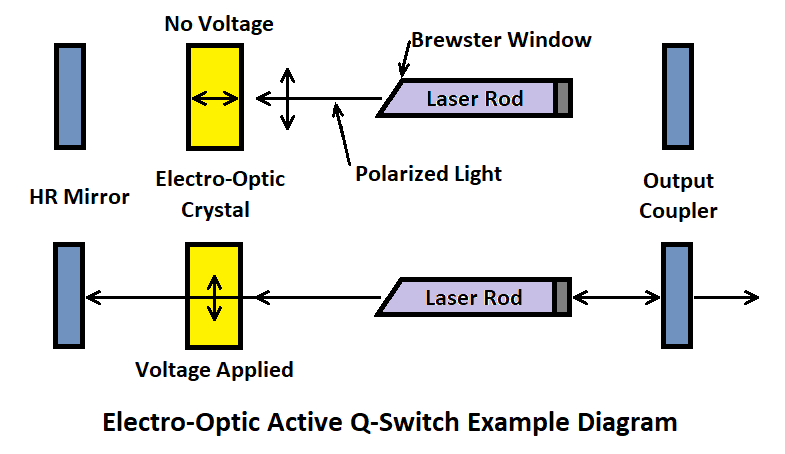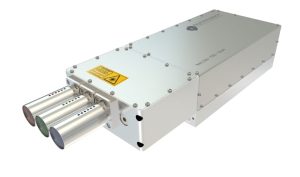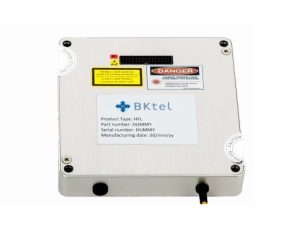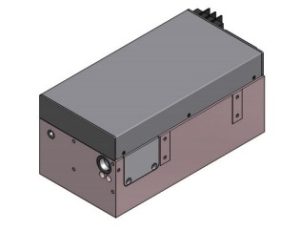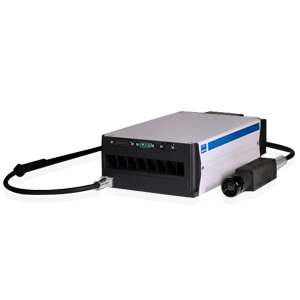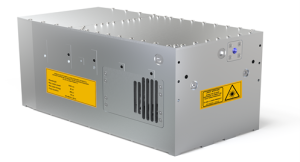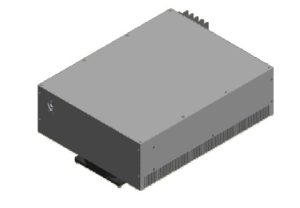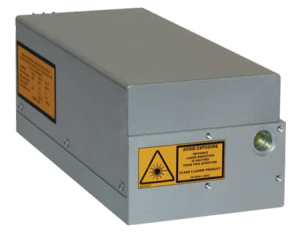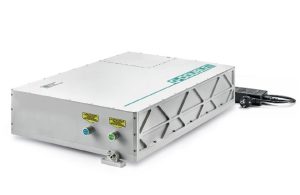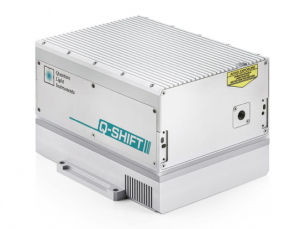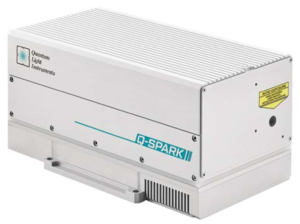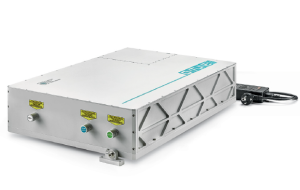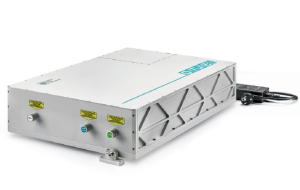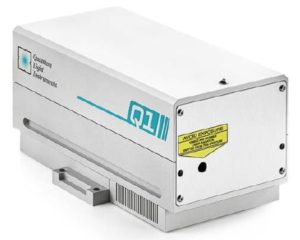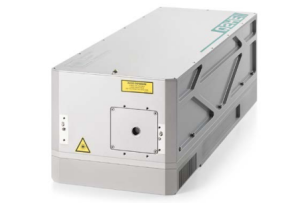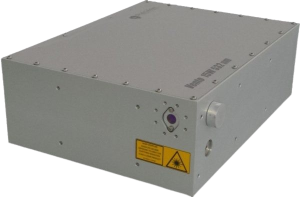The Active Q-Switch Lasers We Offer:

High Pulse Energy & Precision Control
-
- Pulse energies from a few nJ to 100s of mJ for high-impact industrial & scientific tasks
- Adjustable repetition rates from single-shot to 40MHz for enhanced flexibility
- Electro-optic modulation enables precise pulse timing and low jitter for enhanced flexibility

Broad Wavelength & Power Range
-
- Wavelength options from UV to MWIR, with powers from mW to > 100W
- Single-mode or multimode outputs for free-space or fiber-coupled configurations
- ns to ps pulse widths support precision applications like micromachining & LIDAR
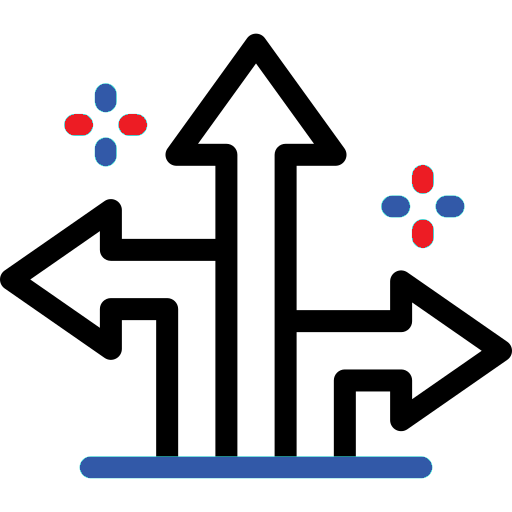
Customizable Solutions for ANY Market
-
- OEM to turnkey systems tailored to specific needs
- MIL-Spec ruggedized options for aerospace and defense environments
- Supports LIDAR, tattoo removal, micromachining, and other high-precision tasks
Should I choose an actively q-switched or passively q-switched laser?
There are pros and cons to both types (active & passive). There are some main points to consider when determining which type best suits your application needs:
- Cost – passively q-switched lasers are less expensive and complex than actively q-switched lasers
- Size – passively q-switched lasers can be significantly more compact than actively q-switched lasers
- Triggering – actively q-switched lasers allow precise triggering control over pulses and does not suffer from the increased pulse to pulse jitter, as opposed to passively q-switched lasers
- Pulse Energy – actively q-switched lasers typically provide higher pulse energies than passively q-switched lasers
For nearly 30 years, RPMC’s selection of active q-switch lasers has set the standard for affordable precision across a wide range of applications, from defense to medical, industrial, and research with 1000’s of successful units in the field. We understand that every application has unique requirements, which is why our configurable platforms are designed to offer the perfect fit for your needs—whether you’re working with fundamental wavelengths, harmonics, or specialty wavelengths. As your partner, we’re here to guide you through the selection process, ensuring that your laser integrates seamlessly into your existing systems. With time-tested technology that balances power and precision, we’re committed to supporting your success every step of the way.

 SHIPS TODAY
SHIPS TODAY 